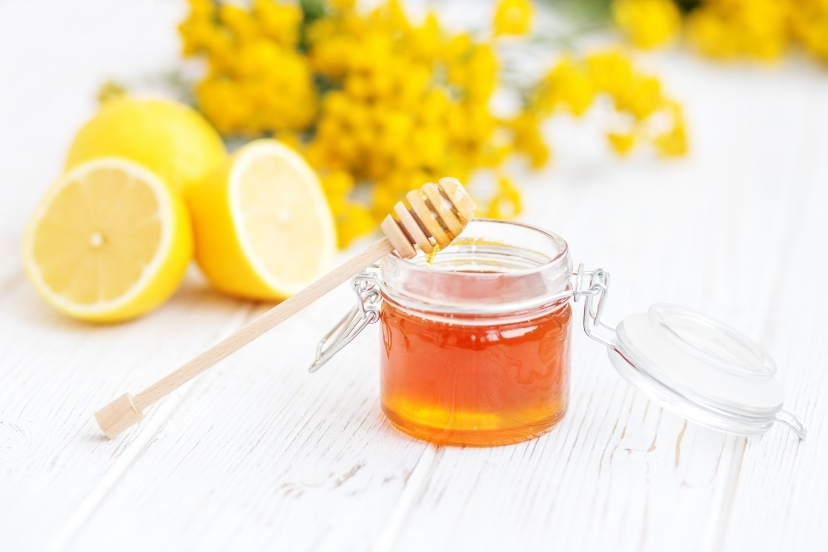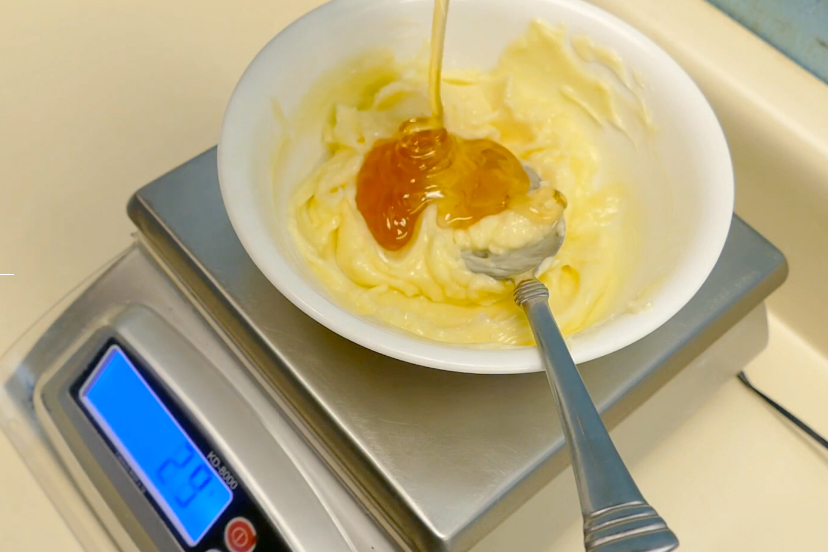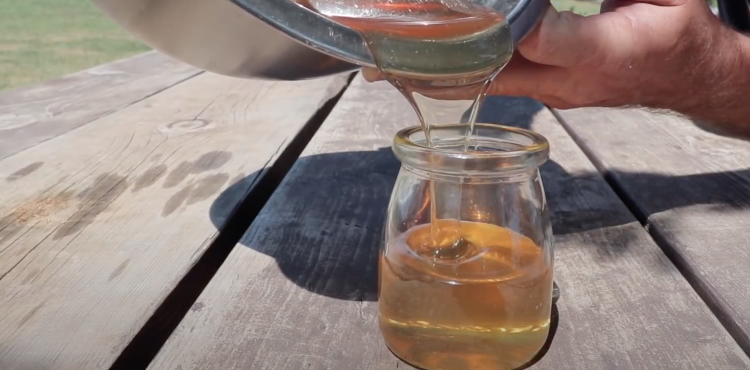Adventures in Wine Making With Honey
by Davey
(Vancouver B.C. Canada)
For the past few years I have been dabbling in Mead(Honey wine).
When I started I knew very little of what I was doing.
I purchased what I assumed was the cheapest honey around from Costco.
To a novice wine maker, the sweet, alcoholic nectar I produced was very desirable but far too sweet for some.
It was explained to me by my mentor in brewing that there was not likely enough nutrient in the honey to sustain the yeast until all the sugars had been converted to alcohol.
On my second attempt I purchased a large quantity of local honey from a natural foods store. Enough to make two batches.
One batch was made using exactly the same process as the one using the Costco honey.
In the other batch we added an extra pack of nutrient to allow the yeast to survive longer and process more of the sugars.
After a few months we had two very different wines.
The batch with no nutrient was noticeably more fragrant than the Costco batch as this was wildflower honey. And the sweetness was not as offensive.
The other batch was very dry, having nearly all the sugars converted to alcohol.
We decided that the sweet one would remain as it was by halting the fermentation, and the dry one would be carbonated by adding a bit more honey and yeast just prior to bottling.
The wine was all but depleted within a year. There were a few bottles of the carbonated mead where I questioned whether they sealed properly so they were left and forgotten when I moved to BC.
Two years after bottling I visited home. My mentor and step dad tells me he opened one of the questionable bottles. There was a definite sound of CO2 escaping meaning the bottles were sealed and had matured beautifully.
The carbonation was even more intense meaning not enough yeast had been added at bottling to eat up the extra sugars right away, but over time, even in the fridge apparently. The yeast continued to work.
There was one small bottle of the non-carbonated sweet mead that I had given my mother which we opened. Surprisingly enough, despite our attempts to halt the fermentation and remove all the yeast before bottling, this too has continued to mature and was now considerably drier than it was and almost as carbonated as the other batch.
I recall opening a bottle from the Costco batch two years after I had bottled it and found it still very sweet and going a bit porty.
These results made me think back to the differences in the honey I used and discovered that the honey from Costco was more than likely pasteurized and the natural food store honey was most likely not.
This article has confirmed my suspicions. The unpasteurized honey had enough nutrients in it to feed the very little yeast that was apparently left in that bottle.
Moral of the story. When brewing with honey, use raw honey!



